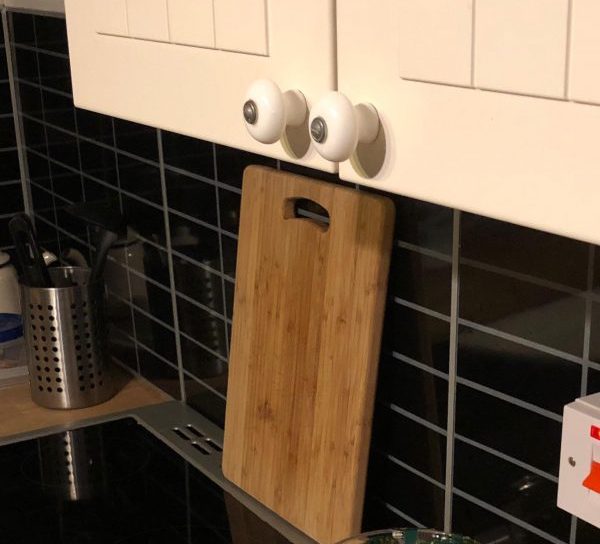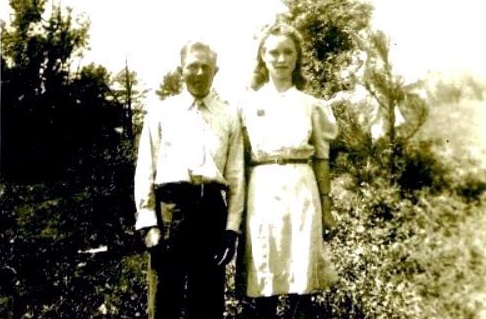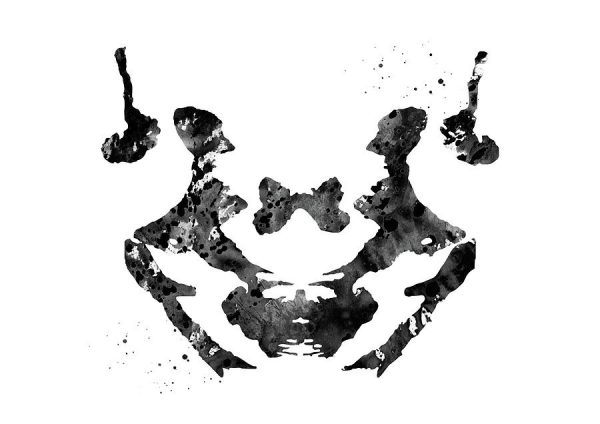Source/credit Locomotive picture: bill-o-more
Through confused and undefined things the mind is awakened to new discoveries.
~ Leonardo Da Vinci
Pareidolia is when you give a meaningful interpretation to images that are random and have no meaning. Our brains are constantly trying to make sense of the world around us and recognizing patterns is a very important part of learning. However, some patterns or shapes in the world are very random, like clouds, rocks and stars. Our brains will automatically recognize the shapes as ones that we know already and superstitious people might even assign a meaning to it. Think about Zodiac signs, Jesus in a piece of toast, ghosts in photographs and the man on the moon.
Things with Faces
One of the first things we learn to recognize as babies are faces. Babies learn to recognize identities, emotions, language, and eventually also how to follow a gaze. Facial perception is very important for survival. Within a fraction of a second, we can recognize a friend and read what mood they are in.

Our brains are so eager to see faces, that we spot them in places where they don’t exist. We even read emotions from non-existent faces on inanimate objects. Some cars may look angry, or houses are surprised, etc.
There are entire Facebook Groups and SubReddits dedicated to things with faces on it.
Religious images in objects is also pareidolia
One form of pareidolia is perceiving religious images. Truly religious people might think of it as a sign from God, while most psychologists will agree that people will construct meaning where there is none. And this is filtered through the culture, politics and social comforts of the perceiver.

Even though it is most common to hear of sightings of the Virgin Mary or Jesus in objects, people of other religions also see icons and symbols in their food or the fur of an animal. It is not uncommon that the objects will become pilgrim destinations or highly priced items to religious people.
Paranormal events caused by pareidolia
The thing that aliens, ghosts and Bigfoot have in common is the lack of irrefutable evidence of their existence. We have only stories of experiences and despite the claims of salespeople about devices to measure electromagnetic pulses, we do not even know how to go about proving the existence.

Photo evidence of paranormal phenomena as UFOs, aliens and ghosts seem to vary between downright hoaxes and errors. Our brains are happy to join the deception and ‘see’ the proof. We collect paranormal optical illusions on EyeCon as well.
Projective Tests
In a projective test people are shown ambiguous images and asked what they see. in the same way that we like to add emotions to the faces we see in objects, we may feel them with all kinds of images. By presenting neutral images, it is thought that any emotions the subject of the test describes must therefore be coming from the subconscious.

